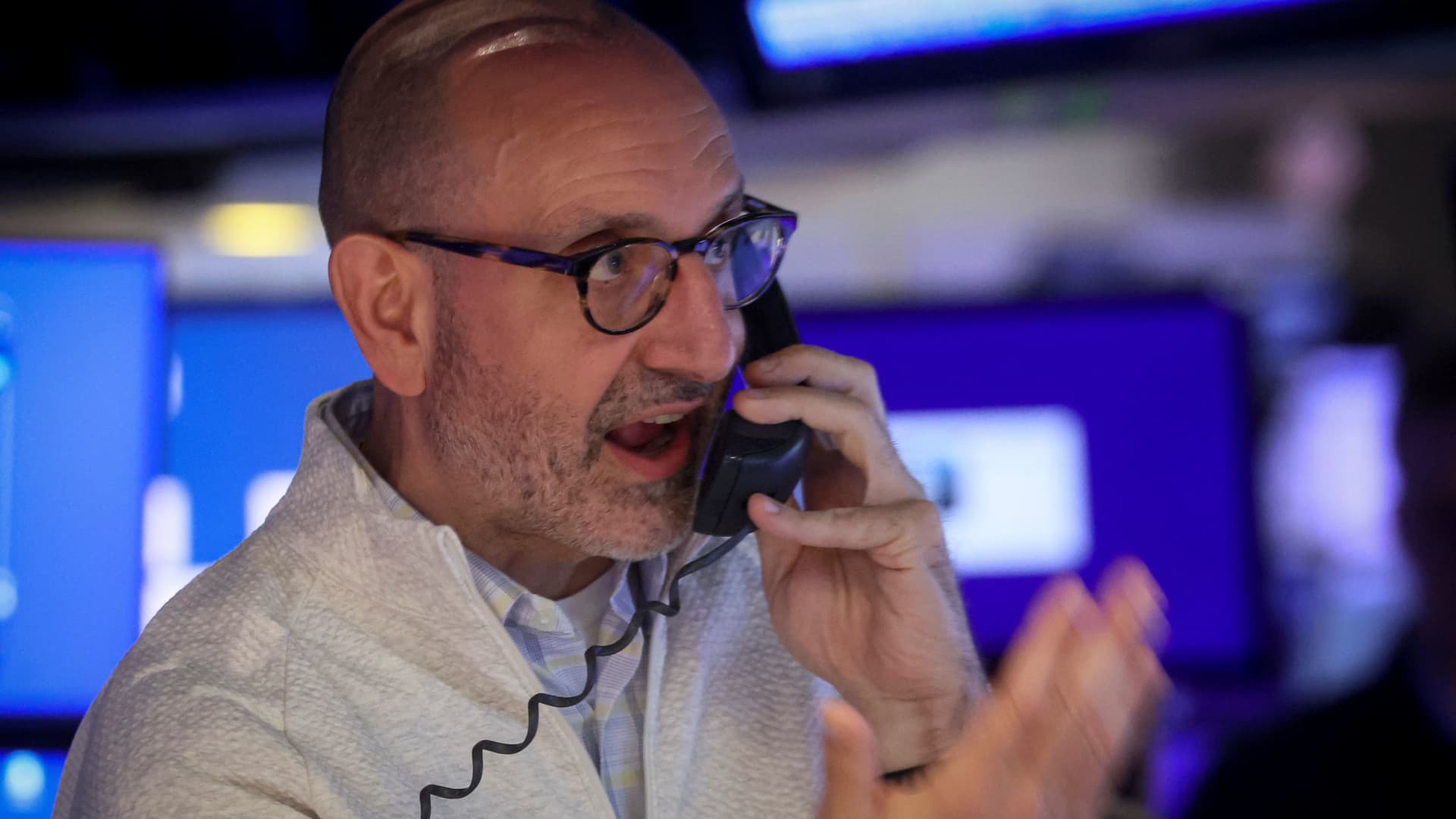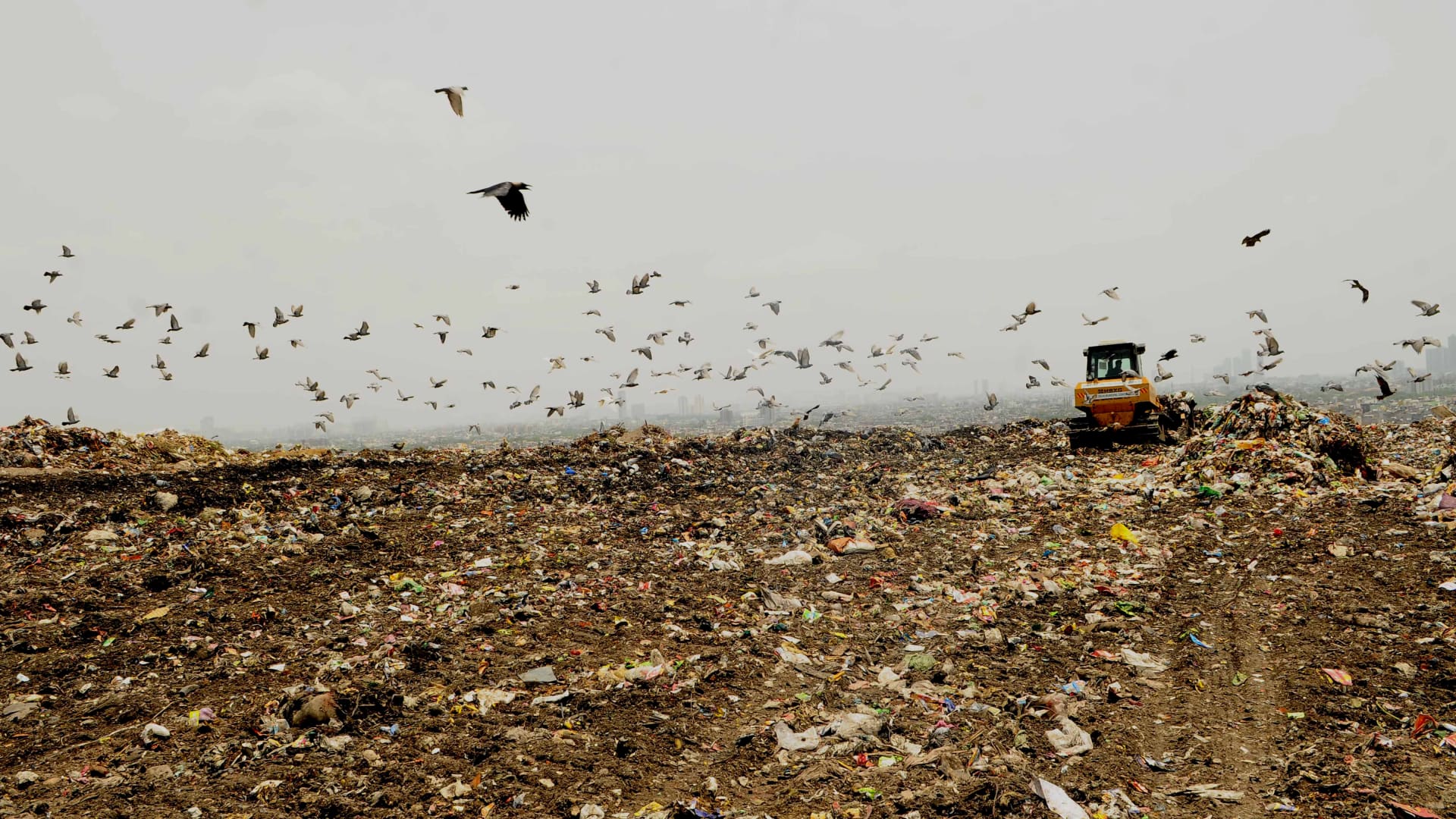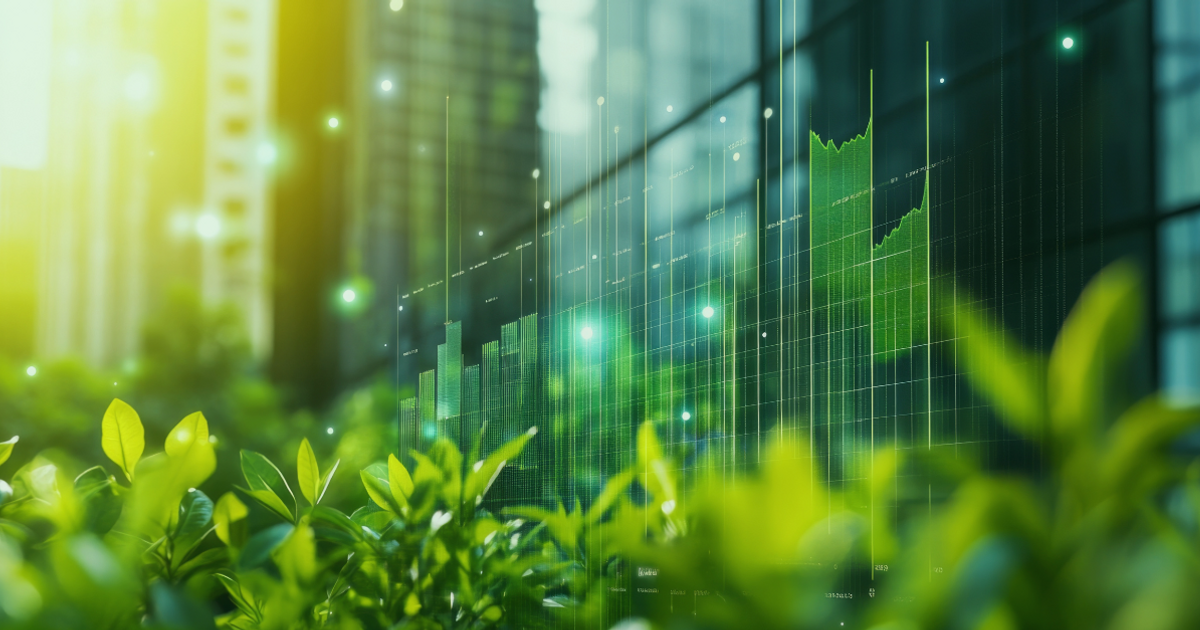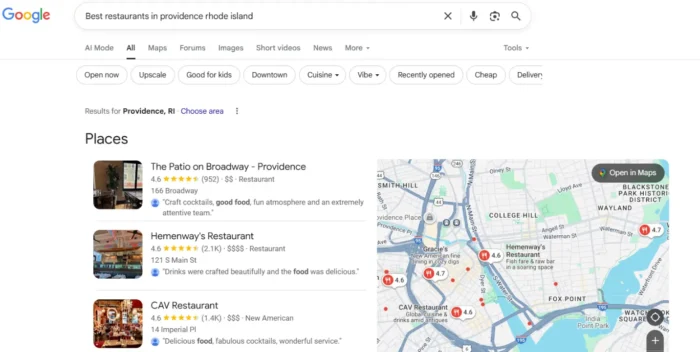Why the global soil shortage threatens food, medicine and the climate
Topsoil is eroding at a fast pace due to climate change and poor farming practices that experts say threatens food supply, the environment and water security.
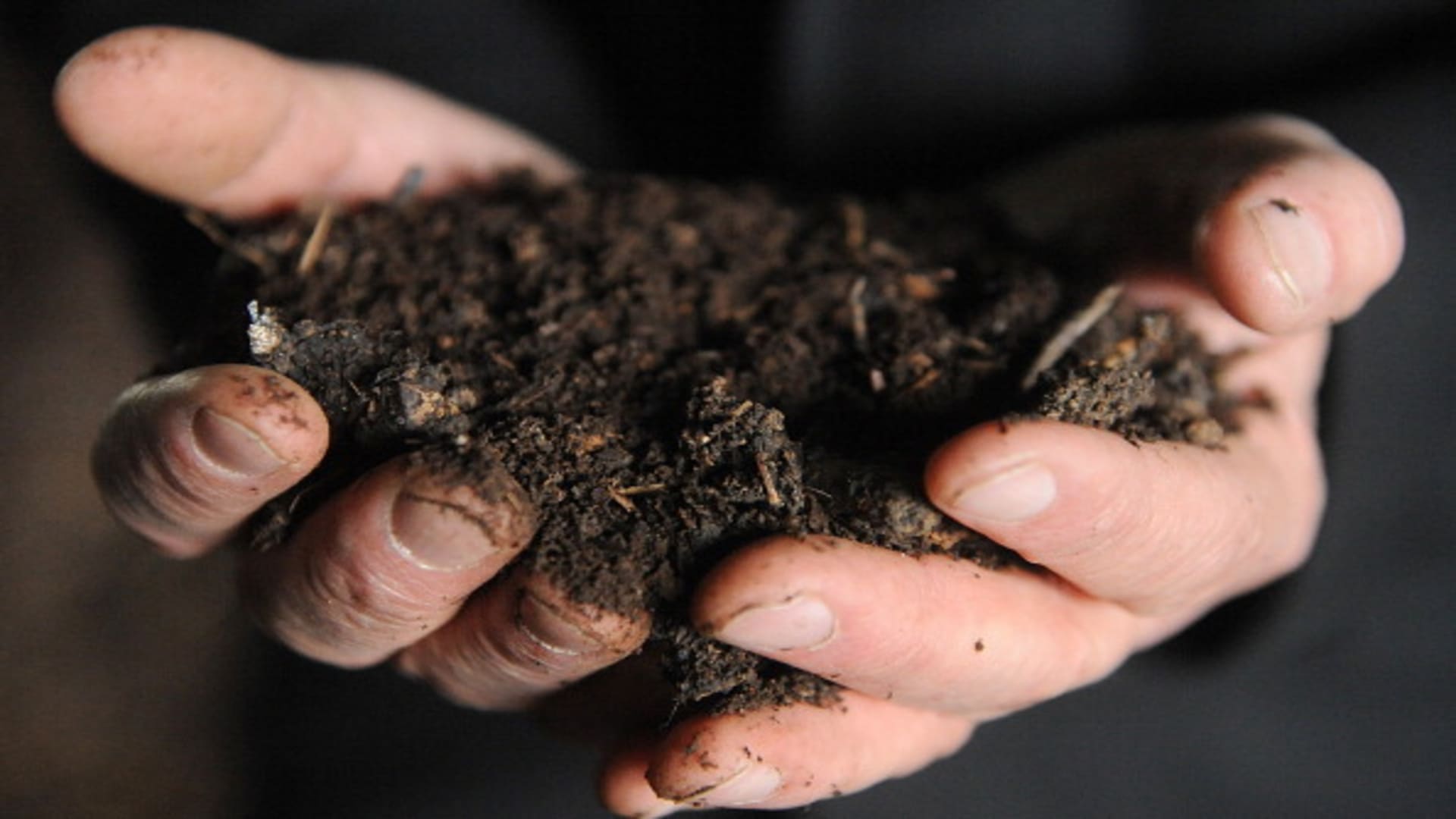
Soil can be considered black gold, and we're running out it.
The United Nations declared soil finite and predicted catastrophic loss within 60 years.
"There are places that have already lost all of their topsoil," Jo Handelsman, author of "A World Without Soil," and a professor at the University of Wisconsin-Madison, told CNBC.
The impact of soil degradation could total $23 trillion in losses of food, ecosystem services and income worldwide by 2050, according to the United Nations Convention to Combat Desertification.
"We have identified 10 soil threats in our global report … Soil erosion is number one because it's taking place everywhere," Ronald Vargas, the secretary of the Global Soil Partnership and Land and Water Officer at the Food and Agriculture Organization of the United Nations, told CNBC.
According to the U.N., soil erosion may reduce up to 10% of crop yields by 2050, which is the equivalent of removing millions of acres of farmland.
And when the world loses soil, food supply, clean drinking water and biodiversity are threatened.
What's more, soil plays an important role in mitigating climate change.
Soil contains more than three times the amount of carbon in the earth's atmosphere and four times as much in all living plants and animals combined, according to the Columbia Climate School.
"Soil is the habitat for over a quarter of the planet's biodiversity. Each gram of soil contains millions of cells of bacteria and fungi that play a very important role in all ecosystem services," Reza Afshar, chief scientist at the regenerative agriculture research farm at the Rodale Institute, told CNBC.
The Rodale Institute in Kutztown, Pennsylvania, is known as the birthplace of modern organic agriculture.
"The projects we do here are centered around improving and rebuilding soil health. We have a farming system trial that's been running for 42 years," Afshar said. It is the longest-running side-by-side comparison of organic and conventional grain cropping systems in North America.
The research has found regenerative, organic agriculture produces yields up to 40% higher during droughts, can earn farmers greater profits and releases 40% fewer carbon emissions than conventional agricultural practices.
How's that possible? The Rodale Institute says it all starts with the soil.
"When we talk about healthy soil, we are talking about all aspects of the soil, chemical, physical and biological that should be in a perfect status to be able to produce healthy food for us," Afshar said.
It's critical, of course, because the world relies on soil for 95% of our food production. But that's just the beginning of its importance.
"The good news is that we know enough to get to work," Dianna Bagnall, a research soil scientist at the Soil Health Institute, told CNBC.
Watch the video above to learn more about why we're facing a silent soil crisis, how soil can be saved and what that means for the world.

 MikeTyes
MikeTyes 







